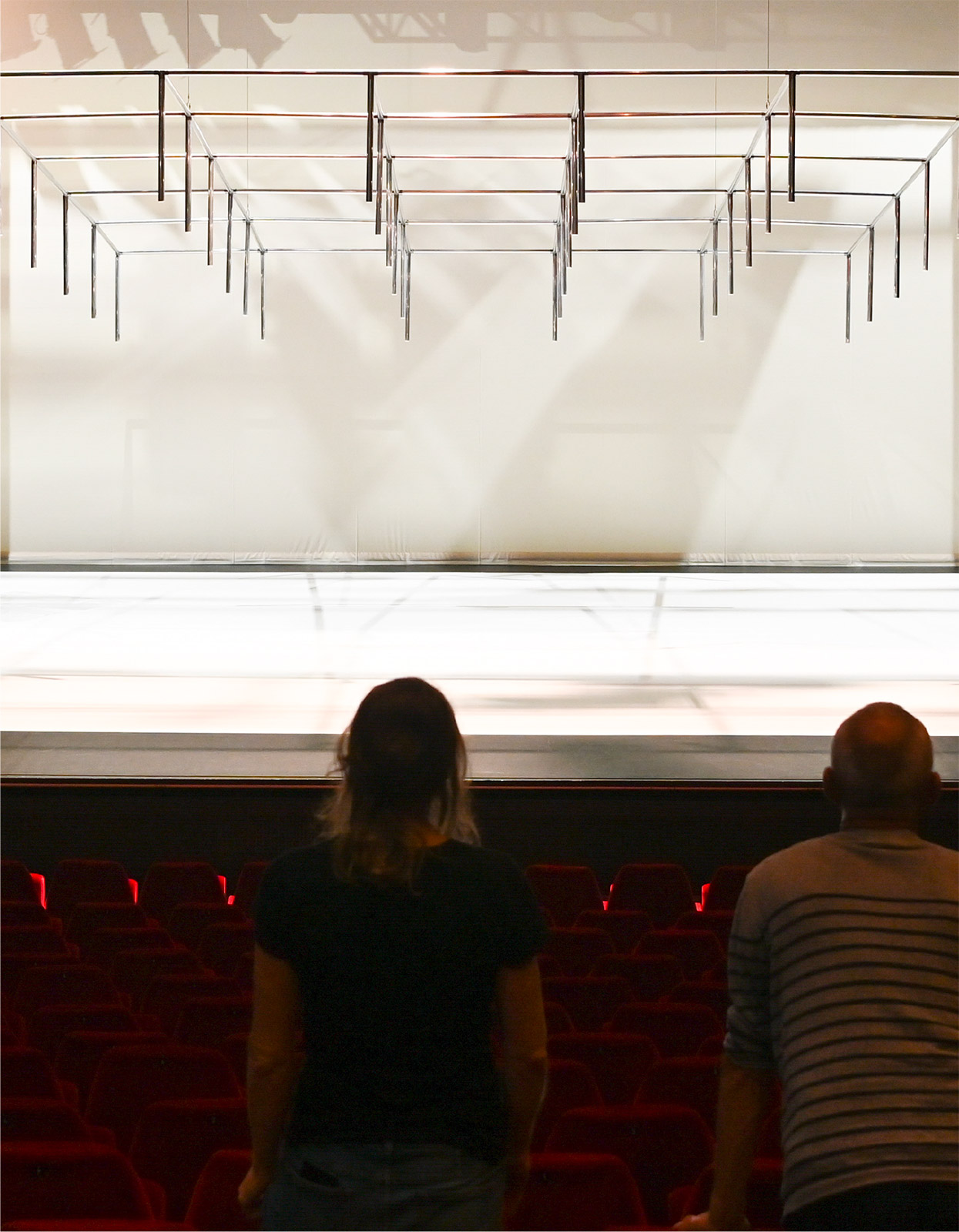Lightning
design
The stage lighting is created with spotlights located around the stage frame. These lights naturally enable the audience to see what happens on stage. But they also contribute to creating atmospheres, climates or to conveying emotions: for example, a dark light can convey sadness or mystery. All along a show, the lights can change depending on the scenes or the story, when there is one.
Therefore, in a ballet, the way the stage lighting, just like music, costumes, props or set, contributes to the overall ballet aesthetic. This work is completed by the lighting technician, also known as lightning designer, and is called “lightning design”.
To create the light, the light designer watches the ballet rehearsals during the creation process for inspiration. He discusses it with the choreographer in order to convey at best his intentions and choose the proper equipment, as different types of spotlights are used during one show.
Then, he can draw up a lighting plan, most often using computer programs. This plan can be used by technical teams to install, set up and program the different spotlights used. Before the first performances with au audience, there are rehearsals on stage with dancers to enable the lighting designer to adjust the lights for the show.

